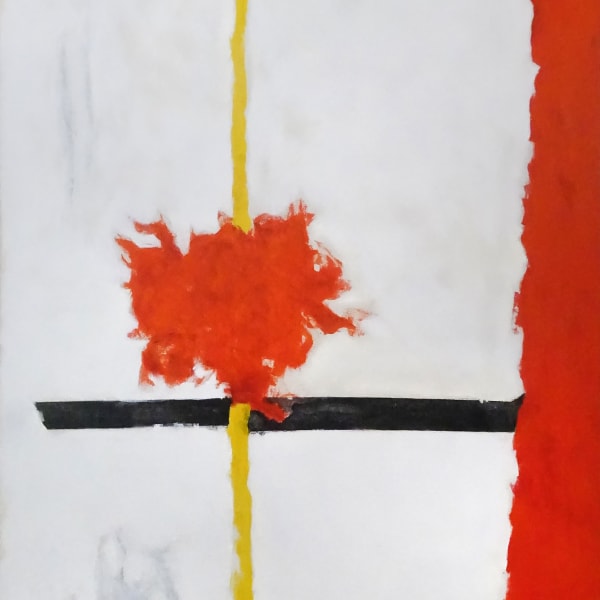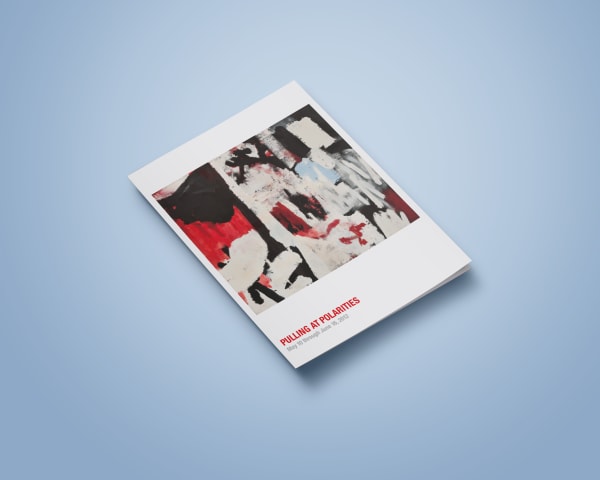
Tworkov was a key proponent of abstraction.
Polish-born painter Jack Tworkov made his mark as a leading Abstract Expressionist, though he painted in other styles during his long career. Born in 1900, he studied English at Columbia University and considered becoming a poet before turning his attention to art. He enrolled at the National Academy of Design from 1923 to 1925, then took classes at the Art Students League.
Polish-born painter Jack Tworkov made his mark as a leading Abstract Expressionist, though he painted in other styles during his long career. Born in 1900, he studied English at Columbia University and considered becoming a poet before turning his attention to art. He enrolled at the National Academy of Design from 1923 to 1925, then took classes at the Art Students League.
Between 1935 and 1941, Tworkov worked for the WPA and began making connections with other future Abstract Expressionists including Willem de Kooning. As a member of the Eighth Street Club, a group of New York artists who began meeting regularly in 1951, Tworkov was a key proponent of abstraction. In this heady atmosphere, artists such as Tworkov, de Kooning, and Franz Kline discussed and debated their views on art.
Scholars have identified two distinct periods in Tworkov’s Abstract Expressionist oeuvre—one occurring from approximately 1945 to 1954, and another beginning in 1954. The first phase is marked by a sensual and lyrical sense of line and abstract figuration. Loaded brushstrokes move across the surface of these gestural paintings, enlivening the picture plane with pigment and texture.
Tworkov’s second period of Abstract Expressionist work coincided with his withdrawal from the Eighth Street Club. Believing the group had drifted away from talk of art, he renewed his interest in theory through teaching, first in part-time positions and later as chairman of the Art Department at Yale University. Tworkov began employing grid structures and architectonic compositions. He also used layers of tusche and gouache as additive and subtractive elements; he would frequently scrape, erase, and scumble his drawings and paintings.
In the mid 1960s, Tworkov turned to a geometric style of painting aligned with Minimalism. He died in Provincetown in 1982.
Works

News





















